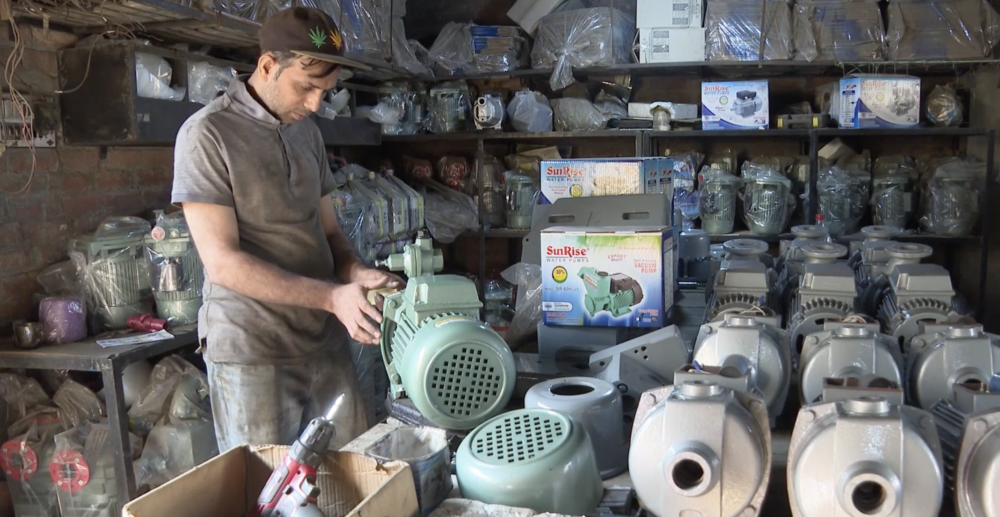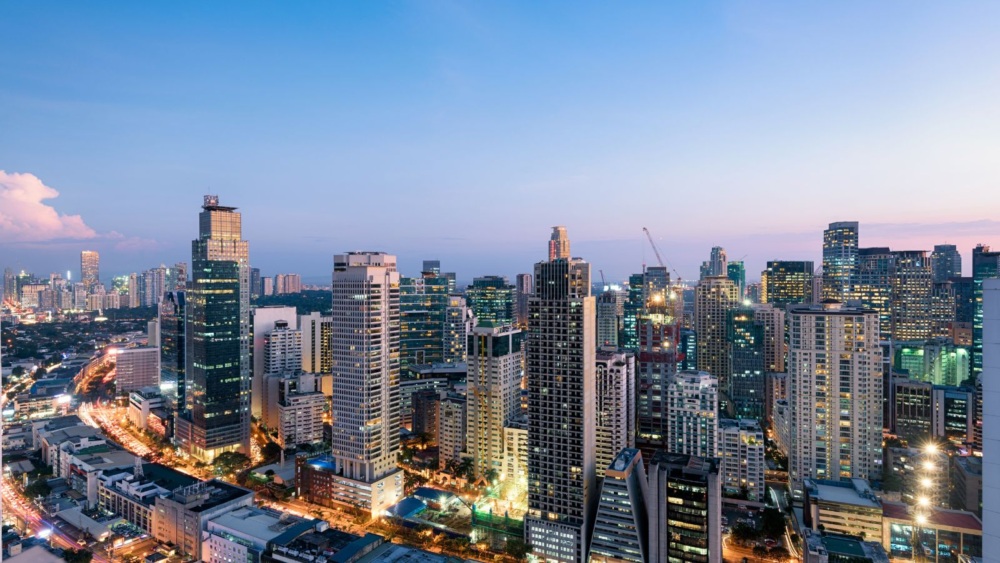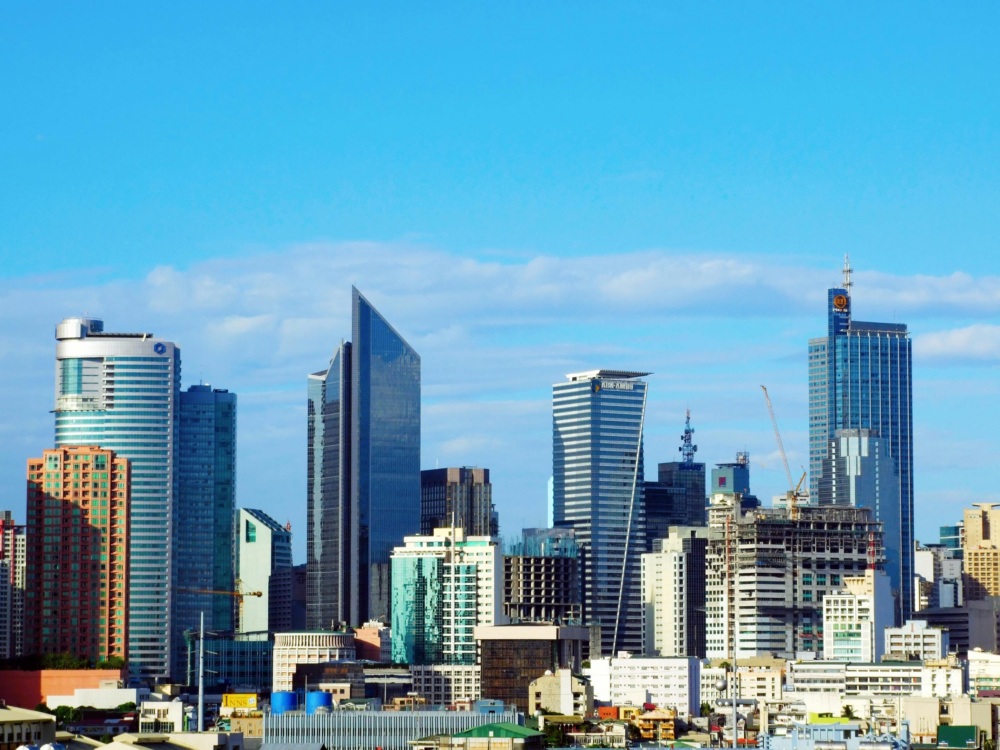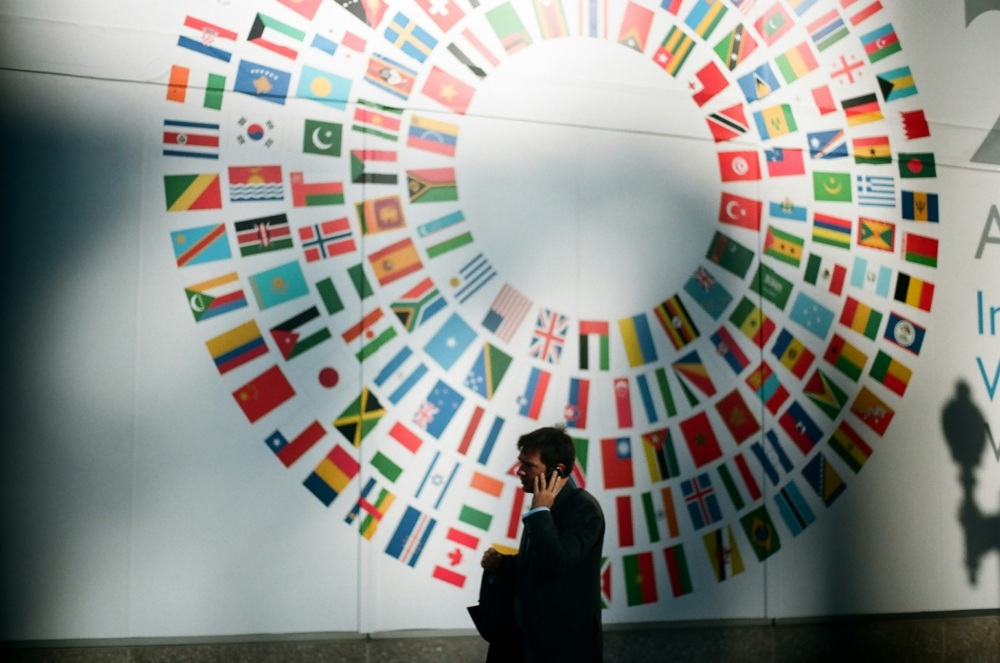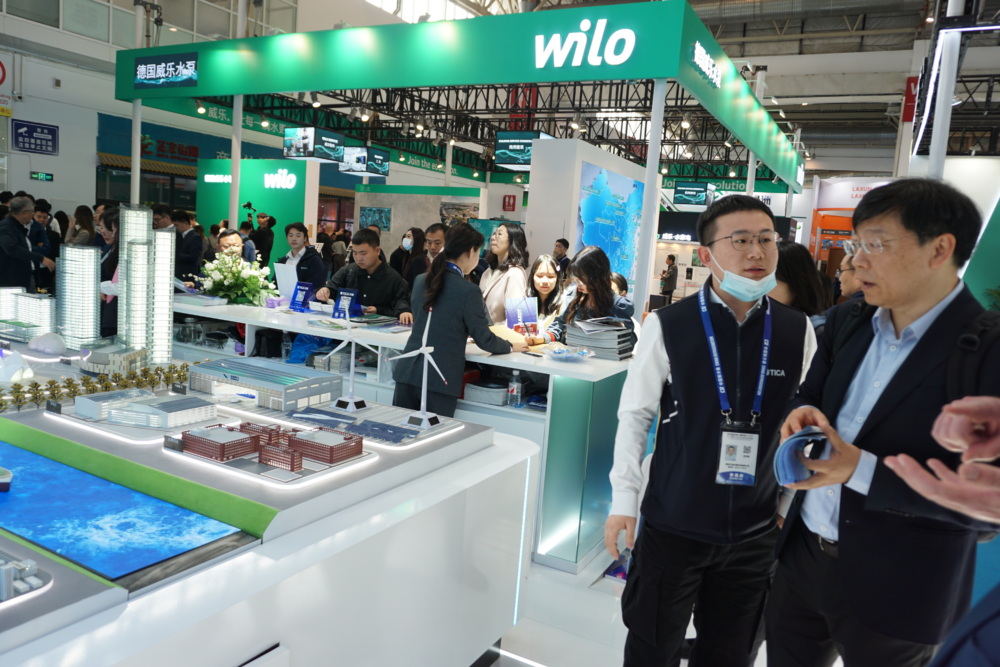SEAD and LightSavers Canada Green Cities
Switching all street lights in British Columbia to LED would save approximately 105 GWh of electricity per year – enough to power 10,000 homes – and reduce provincial greenhouse gas emissions by 1,400 tonnes.
Switching all street lights in British Columbia to LED would save approximately 105 GWh of electricity per year – enough to power 10,000 homes – and reduce provincial greenhouse gas emissions by 1,400 tonnes.
 The government in British Columbia (BC), Canada recently announced a new, first-of-its-kind procurement program – LED Street Lights Across BC – to support the purchase of energy efficient LED street lighting in the province. This program will help local governments and other public sector purchasers in BC reduce energy use and save money.
The government in British Columbia (BC), Canada recently announced a new, first-of-its-kind procurement program – LED Street Lights Across BC – to support the purchase of energy efficient LED street lighting in the province. This program will help local governments and other public sector purchasers in BC reduce energy use and save money.
Public procurement can be a complex process, particularly when dealing with an emerging technology like LED street lights. The SEAD Street Lighting Tool alleviates some of this complexity in the purchase of LED street lighting by allowing users to easily and comprehensively evaluate lighting products – both LEDs and conventional fixtures – according to technical compatibility, lighting quality, cost, and energy savings.
Beginning in July, municipalities and other public sector organizations in BC were given access to a suite of resources to aid in the purchase of LED street lighting. Among the tools made available to purchasers was a list of pre-qualified LED street light products, developed by LightSavers Canada using the DesignLights Consortium’s Qualified Products List and SEAD’s Street Lighting Tool to identify the most energy efficient LED luminaires that met technical and quality standards. “The SEAD Street Lighting Evaluation Tool was used by a consortium of BC agencies to help better understand bids for their joint procurement process for the Province’s municipalities,” said Phil Jessup, Director of LightSavers Canada. “The Tool provided valuable insights into which products would meet the roadway parameters specified in the RFP.”
In November 2013, SEAD participated in a workshop hosted by BC Hydro and Shared Services BC to train lighting consultants to use the SEAD Tool as part of the LED procurement program. The SEAD Tool was then used to verify manufacturer performance claims and to calculate life cycle costs of the luminaires that were under consideration for procurement. The culmination of this project will lead to the potential acquisition of over 100,000 quality LED street lighting products in BC.
Nearly all of BC’s 360,000 street lights currently use high-intensity discharge (HID) lamps. Though HIDs are far more efficient than older incandescent lighting options, switching all street lights in BC to LED would save public sector purchasers approximately 105 GWh of electricity per year – enough to power 10,000 homes – and reduce provincial greenhouse gas emissions by 1,400 tonnes. LED street lights also offer numerous other benefits, including lower maintenance costs, a longer lifespan, reduced light pollution, and better visibility for pedestrians and motorists.
The SEAD Street Lighting Tool is a free, easy-to-use calculator that can help purchasers make more informed choices regarding street lighting fixtures to help achieve up to 50 percent in energy savings. Supported by Mexico’s National Commission for Energy Efficiency (CONUEE), India’s Bureau of Energy Efficiency, Natural Resources Canada, the Swedish Energy Agency, and the U.S. Department of Energy, the tool is designed to make the fixture evaluation process easier by assisting street light purchasers with evaluating light quality, energy use, and costs for the most common road layouts. SEAD recently released a new version of the SEAD Street Lighting Tool, as well as a suite of training resources – including a reference manual and a series of training videos – that that will make the tool even easier to use.
In addition to its efforts in Canada, SEAD is also working with government officials in India and Mexico to integrate the SEAD street lighting tool into national and regional lighting programs. In India, SEAD is working with Indian city governments and local partners to train municipalities on use of the tool. In Mexico, SEAD is supporting CONUEE to deploy the Street Lighting Tool as part of a national public lighting program to support 200 municipalities in transitioning to more efficient lighting.
SEAD procurement activities aim to leverage the purchasing power of public- and private-sector buyers to signal demand for highly efficient equipment and appliances into the market. Worldwide, government procurement accounts for between 10 and 15 percent of national GDP, and a large fraction of these purchases – totaling trillions of dollars annually in SEAD member countries – is for energy-consuming products. Effective procurement policies can help governments save considerable amounts of money while also reducing energy consumption. Private sector companies also purchase large numbers of energy-consuming devices and can also benefit from procurement policies that minimize life-cycle energy costs.

